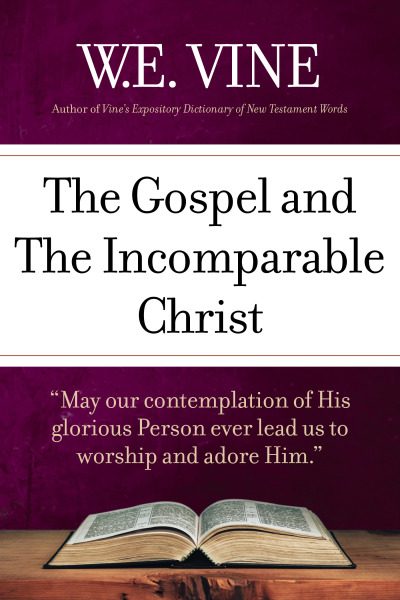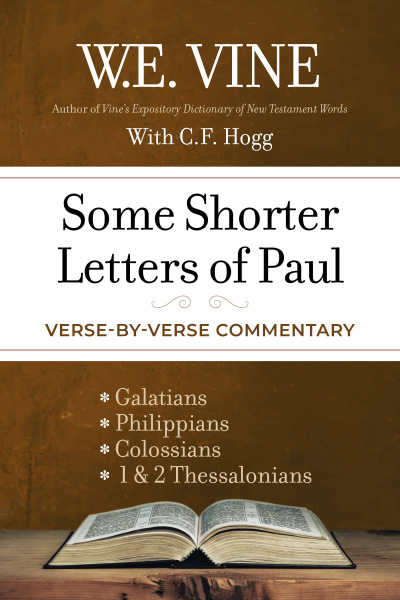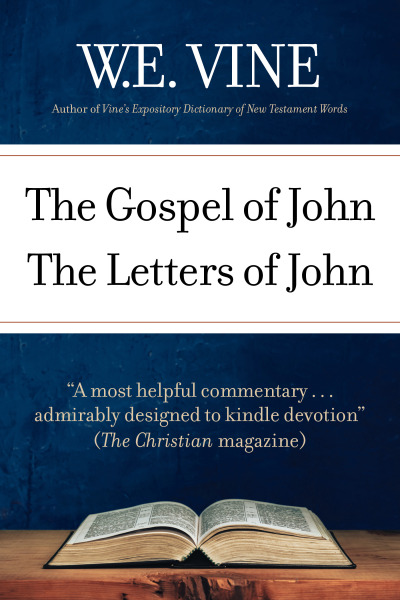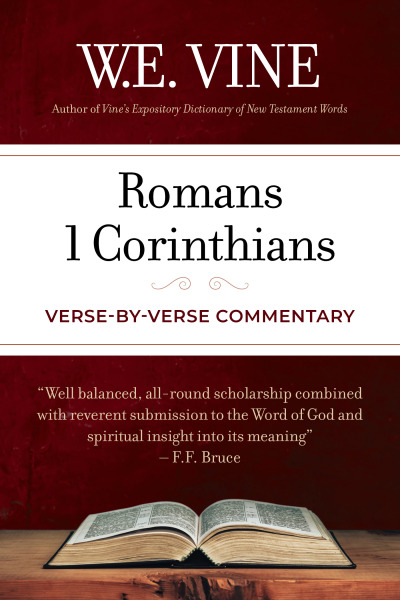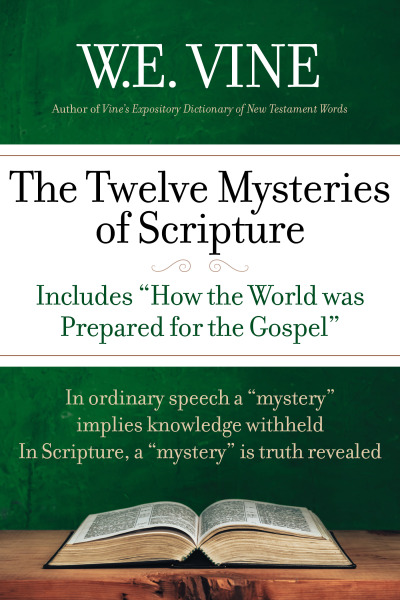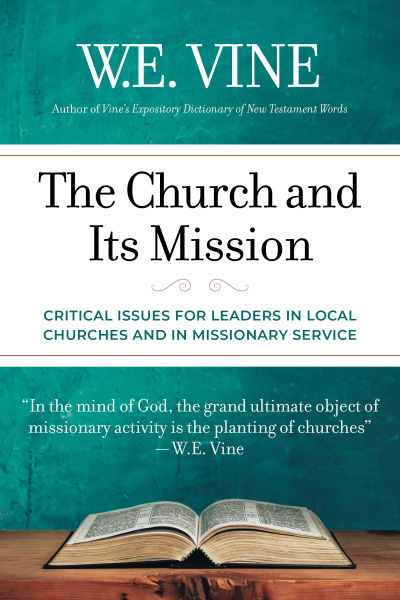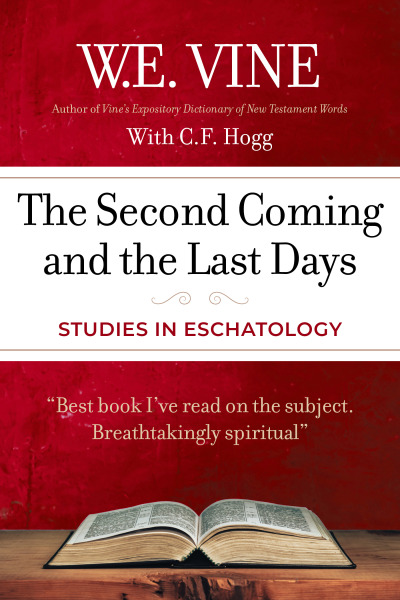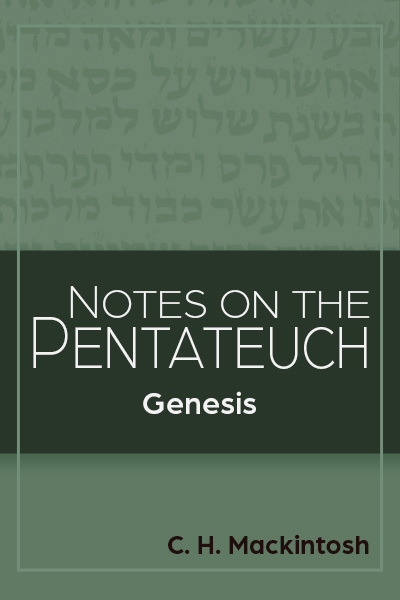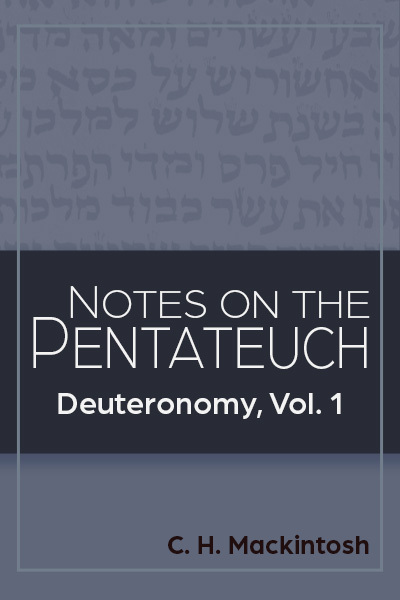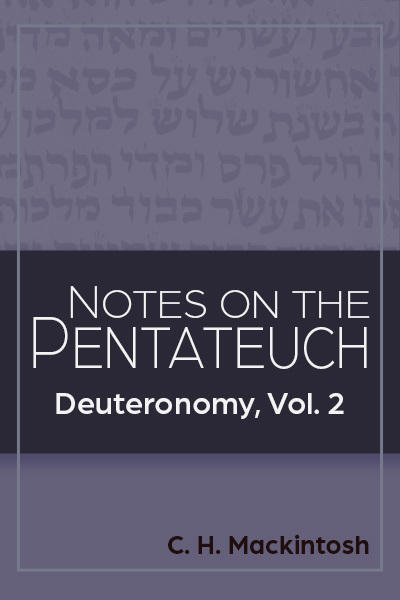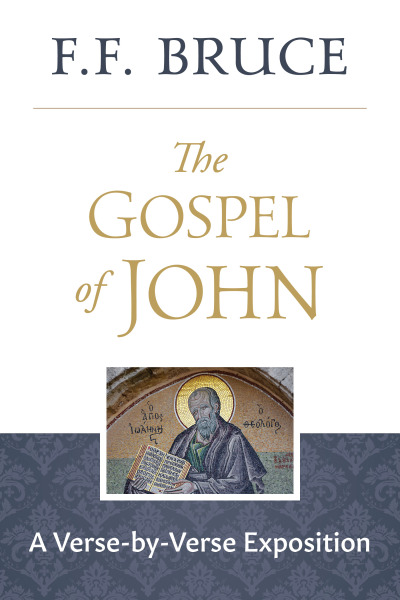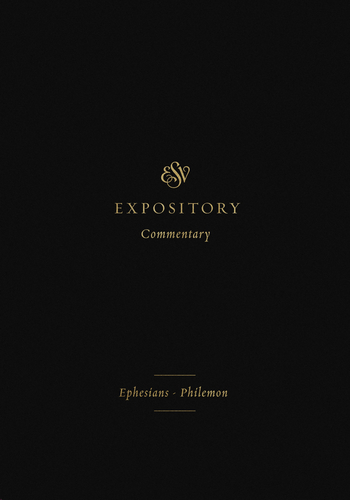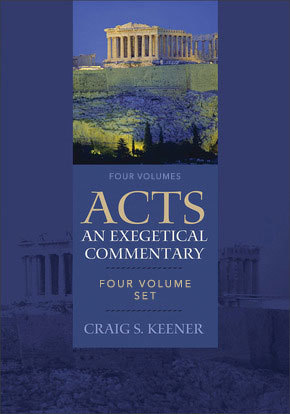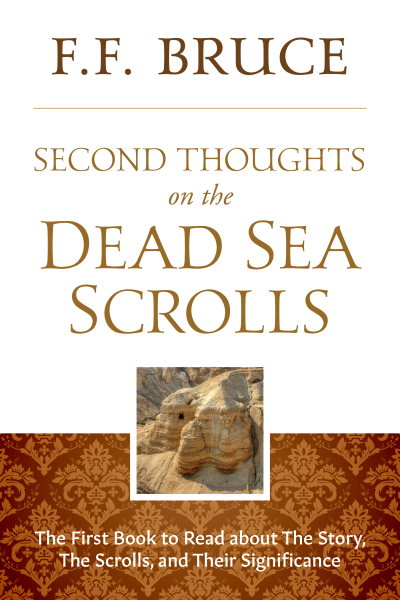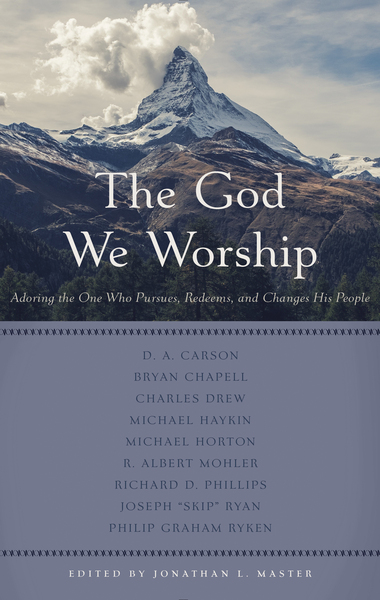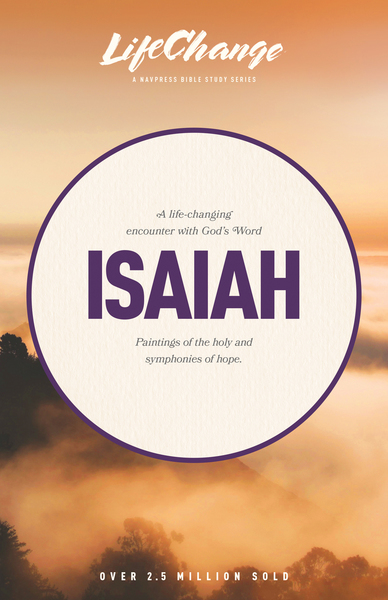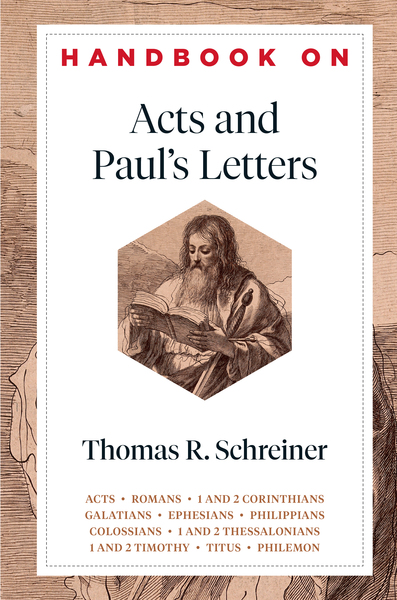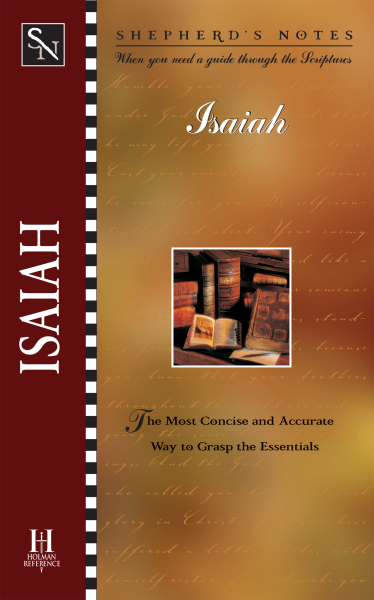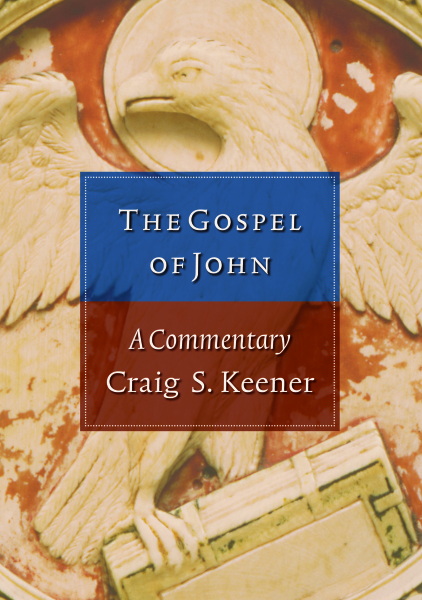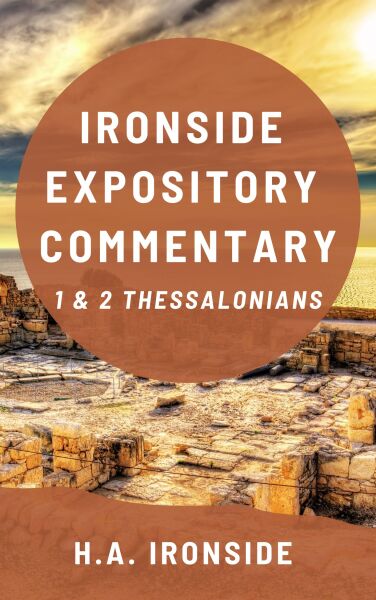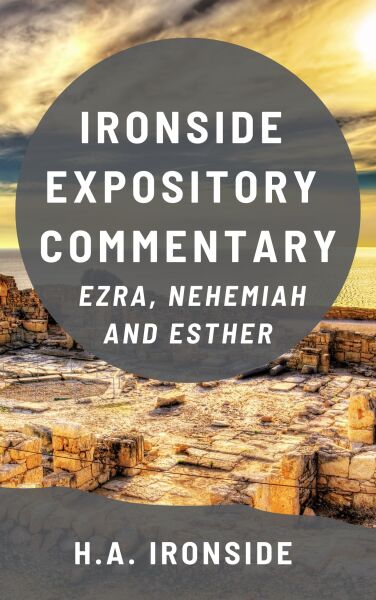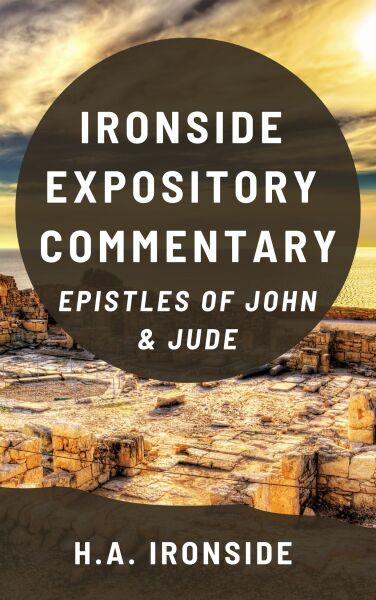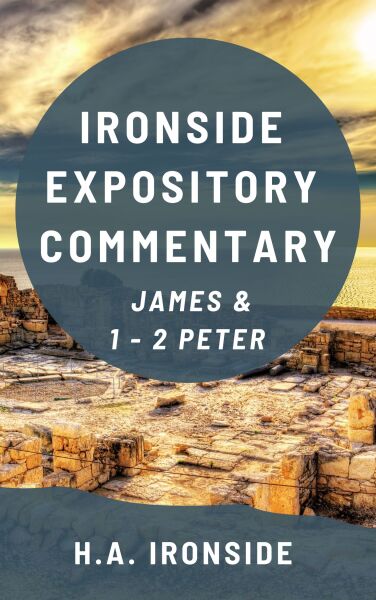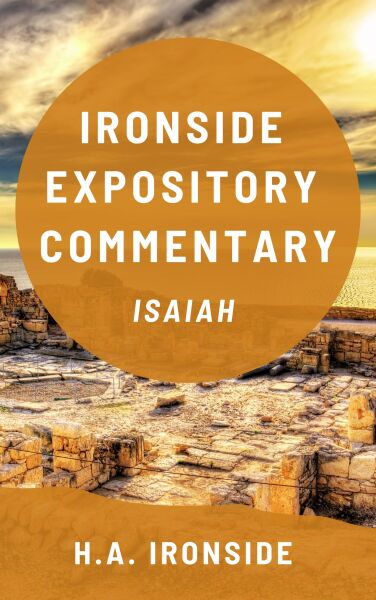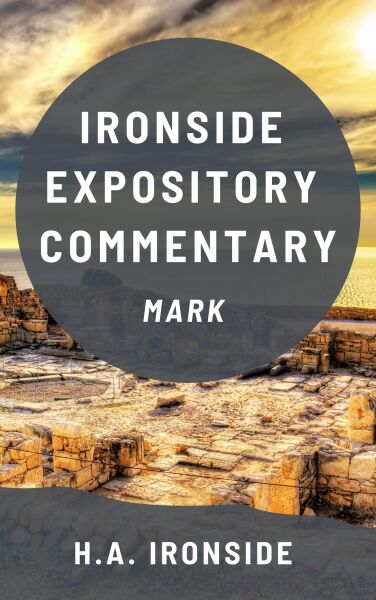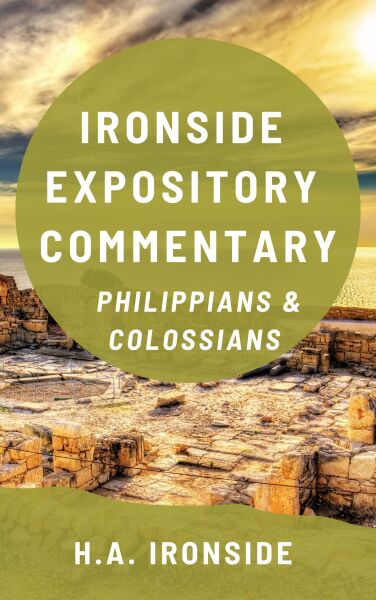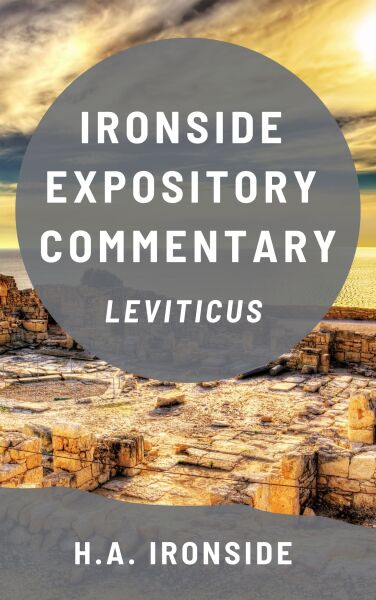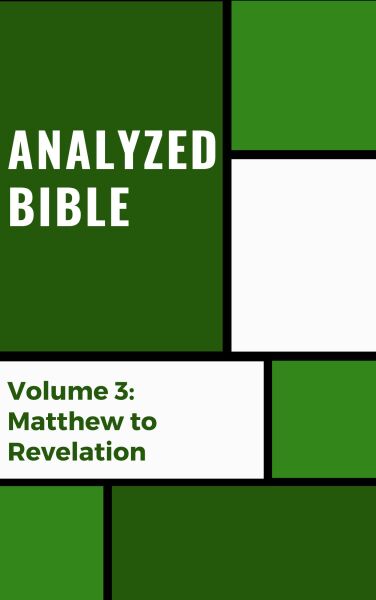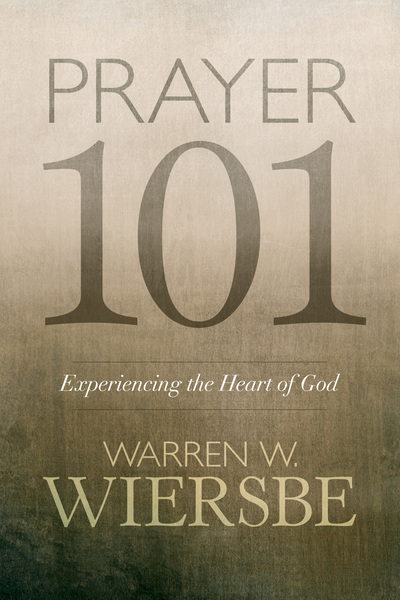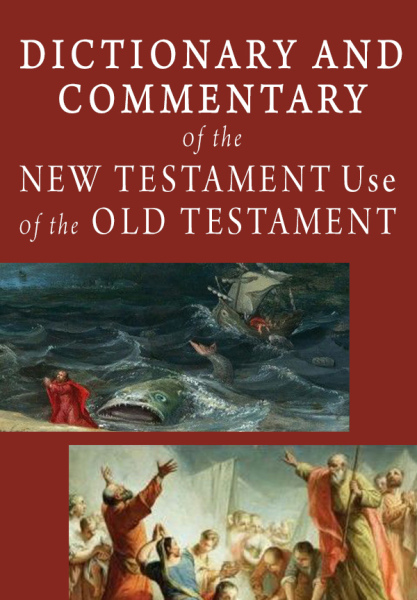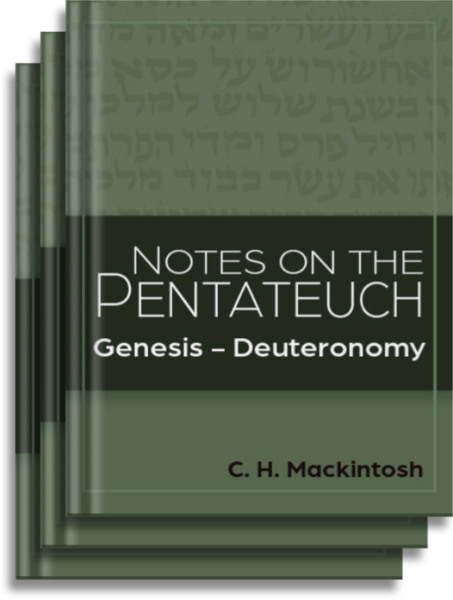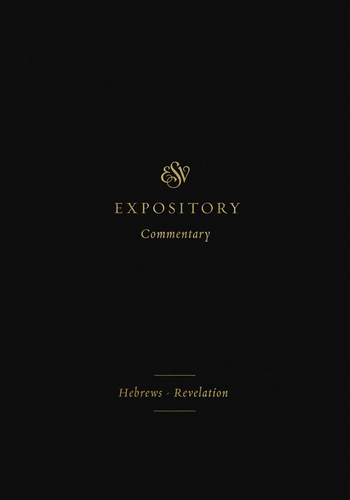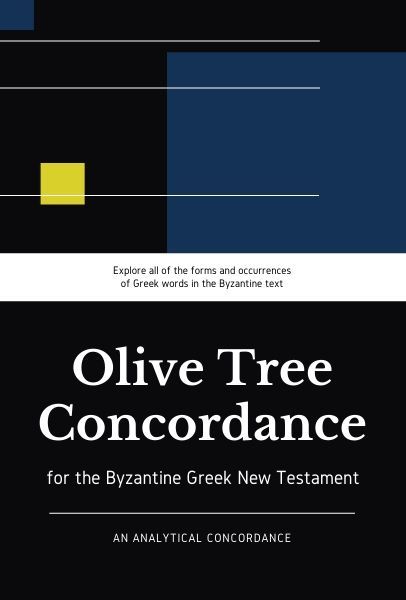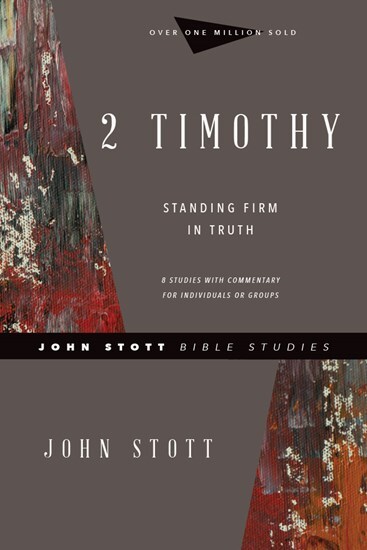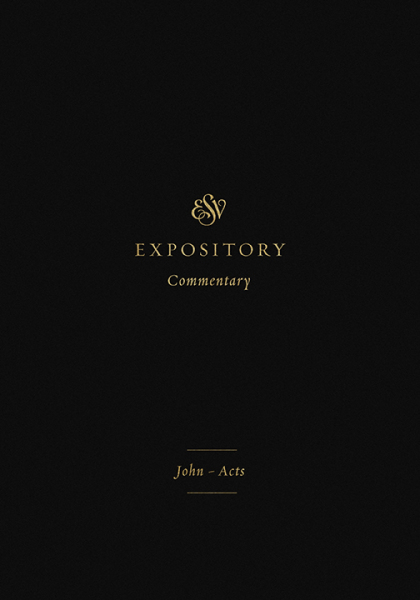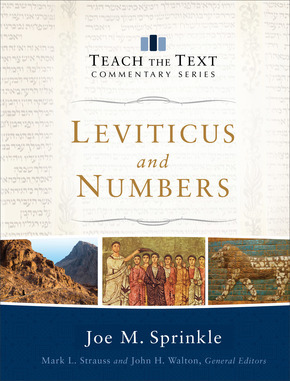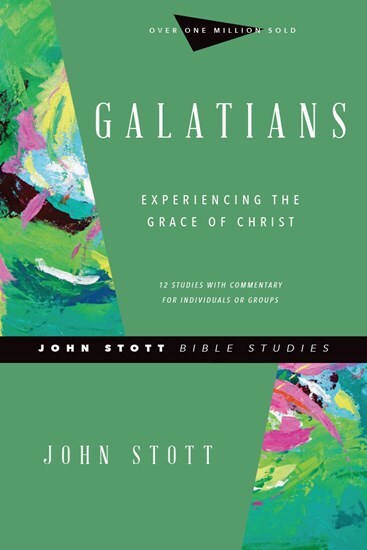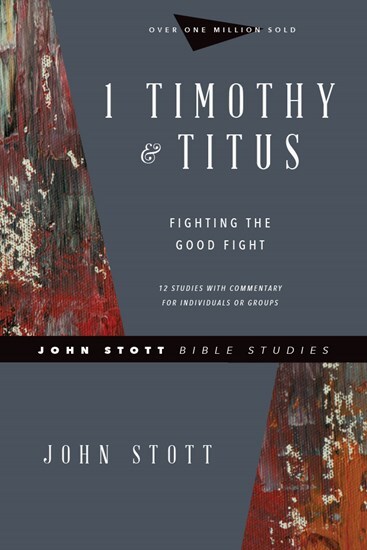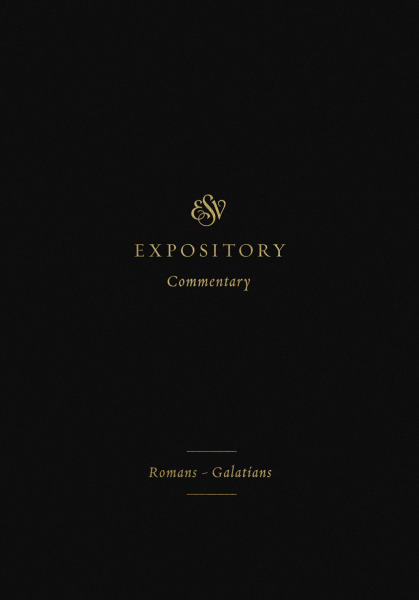

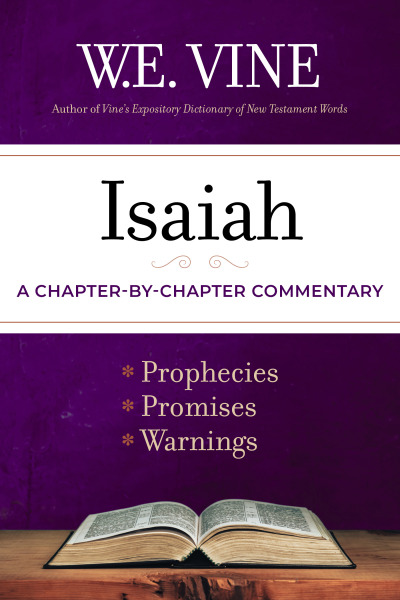

Isaiah, the longest prophetic book in the Old Testament and the prophetic book most quoted in the New Testament, is a book of prophecies, promises, and warnings. W.E. Vine’s commentary seeks to unfold the message of Isaiah and also “to bring to bear upon the lives of believers the practical effects of the book of Isaiah.”
Isaiah is a book rich in history and promise. It is a book of judgment and includes messages of woe to nations around Judah—Babylon, Assyria, Egypt, and Tyre, for instance—and a warning of judgment on Judah itself. But it’s also a book of promise of the restoration of the righteous and includes the servant songs that are a picture of Jesus Christ.
F.F. Bruce commented that “the most valuable feature of W.E. Vine’s exposition is the way in which, at the end of each section, its moral and spiritual lessons are summed up and applied in a practical way to the conditions of the people of God today.
Although W.E. Vine does not dwell on critical questions surrounding Isaiah, he indicates his belief in the unity of the authorship of the book and lists sixteen features common to both its earlier and later parts. His interpretation of the prophetic sections is marked by a futurist element. For example, the tenth chapter of Isaiah refers not only to the Assyrian monarch reigning at the time, but also, he says, “relates to the future time of ‘the Day of the Lord.’”
“Omitting critical and historical questions,” says F.F. Bruce, “the author has concentrated on the moral and spiritual lessons of Isaiah, and presented them in a way which will prove very helpful to the general reader.”



